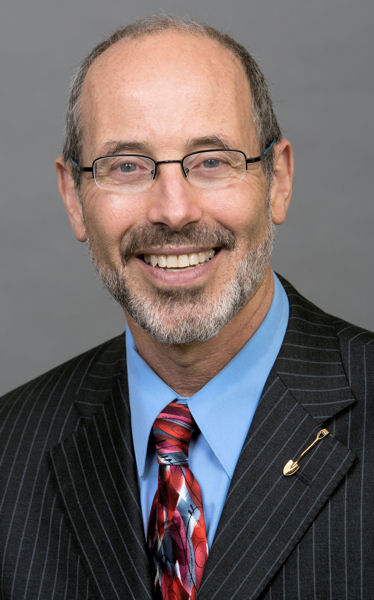Leading minds from across the globe convened in Kathmandu, Nepal, Oct. 26–30, to attend the International Water Association (IWA; London) Specialist Conference on Global Challenges for Sustainable Wastewater Treatment and Resource Recovery. The conference provided a unique opportunity for the Water Environment Federation (WEF; Alexandria, Va.) to strengthen its partnership with IWA in the areas of wastewater treatment and resource recovery from a utility or practitioner’s perspective. Participating in such leading edge global conferences enables WEF to bring state of the art knowledge, practices, technologies, and perhaps even global thought leaders from international frontiers of treatment and resources to North America and WEFTEC.
Prospective attendees may have wondered why the global resource recovery conference was being held in Nepal. Many children die each year from waterborne disease in that developing country because it doesn’t yet benefit from adequate wastewater treatment. However from day one, the wisdom in locating this conference between the two largest water-consuming nations, China and India, immediately became apparent to the nearly 350 water professionals and students that came together to attend this amazing specialty conference.
Our water challenges truly have become global in nature, and we can learn much from both the successes and failures from utilities across the globe. For example, developed countries can learn about urine separation technologies being utilized in some developing countries. And developing countries can learn how to incorporate resource recovery into future treatment facilities from developed countries. During the conference, one source indicated that China will double the number of its wastewater treatment facilities during the next decade.
Water and sanitation issues loom so large in South Asia, that Nepal President Dr. Ram Baran Yadav attended and spoke during the conference’s inaugural session. In his address, President Yadav indicated that this conference was “the right meeting in the right place at the right time.”
The conference steering committee oversaw development of the conference which blended the needs of the developing world with that of the developed world. Committee members included Raj Bhattarai from the Austin (Texas) Water Utility, Sudhir Murthy and Bipin Pathak from DC Water (Washington, D.C.), Pusker Regmi from Brown & Caldwell (Walnut Creek, Calif.), Kartik Chandran a past WEF Trustee from Columbia University (New York), and local host Nawa Raj Khatiwada from Kathmandu University (Dhulikhel, Nepal).
In addition, Helmut Kroiss, IWA president, provided welcome statements and an overview of cross-country river basin protection in the European Union. Kroiss serves on the steering committee responsible for negotiating regulations for the discharge of treated water into the Danube River, which spans 17 countries. Imagine the challenges of trying to establish discharge regulations with representatives from 17 different countries.
I participated in the conference as one of the keynote speakers. Together, the speakers provided an overview of the direction of resource recovery on six continents, including benefits and lessons learned for both developing and developed nations. One area of resource recovery that resonated with attendees is the potential for it to help mitigate climate issues. Both developing and developed countries are experiencing effects from climate changes.
Glacial runoff from the Himalayas, one of Earth’s youngest mountain ranges, supplies more than 2 billion people with water. Growing evidence shows that glacial ice in the range is shrinking because of climate changes. Typically October is the driest month of the year, attracting many to trek or climb Himalayan peaks. But 2 days before I arrived in Nepal, 40 trekkers and climbers were killed by a highly unseasonal extreme storm that triggered large avalanches below Dhaulagiri and Annapurna, two of the world’s highest peaks.
WEF has 45 Member Associations (MAs) located throughout North America and has focused on partnerships with these MAs. During the 1990s, WEF established 35 MAs outside North America. In 2012, WEF adopted a new strategic direction. The direction outlines WEF’s mission to “provide bold leadership, champion innovation, connect water professionals, and leverage knowledge to support clean and safe water worldwide.”
It has become apparent that in our global economy, WEF’s partnerships with IWA and other international water sector associations such as PUB Singapore, Stockholm International Water Institute, Japan Sewage Works Association (Tokyo), and Korea Water and Wastewater Works Association (Seoul, South Korea), are key for our strategy to follow this direction and achieve this mission.
— Ed McCormick, WEF President 2014–2015









December 17, 2014
Featured